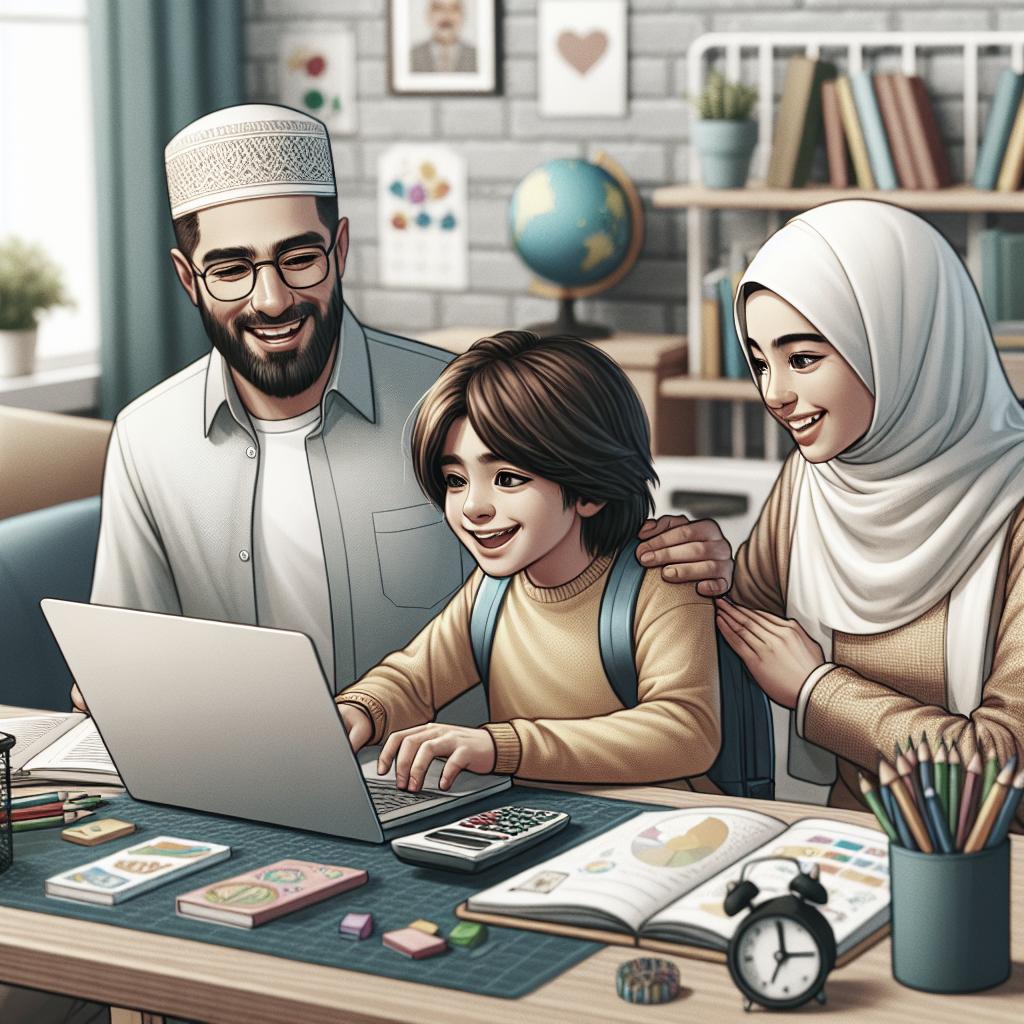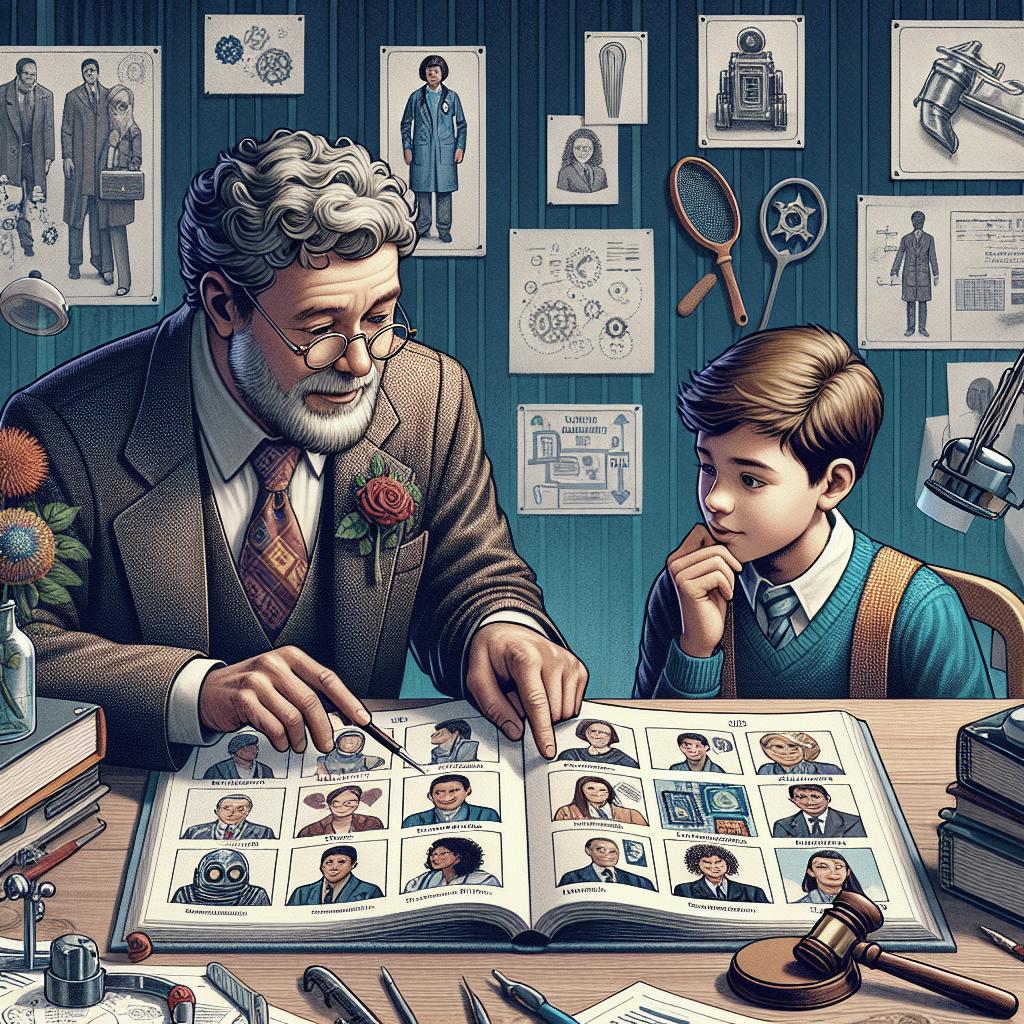“`html
How Educators Can Effectively Handle Classroom Disruptions
Classroom disruptions are a challenge many educators face, impacting not just the learning experience but also teachers’ ability to deliver quality education. This blog post explores various strategies educators can employ to handle such disruptions effectively. Starting with recognizing end-of-year activities that can inadvertently lead to unruly behavior, we delve into identifying signs of disruptive behavior and proactive measures to mitigate them. You’ll find actionable steps, from identifying behavioral triggers to setting up supportive signals for students to manage their conduct. The benefits of minimizing disruptions by keeping students engaged within the classroom context are also discussed. Ultimately, we emphasize choosing positive solutions over punishment, as nurturing students’ social and emotional growth enhances their academic experience. Dive into these insights to create a harmonious learning environment that benefits both students and educators.
End of the School Year Activities for Kids
As the school year draws to a close, kids often find it difficult to maintain concentrated focus. The excitement of upcoming vacations and dwindling structure in classroom activities can lead to increased energy levels and, occasionally, disruptive behavior. Incorporating engaging activities that channel this energy positively can mitigate potential disruptions. Activities such as project-based learning, interactive games, and group discussions not only maintain students’ interest but also help them learn in a fun environment.
Teachers may also consider collaborative projects that allow students to reflect on the year gone by while preparing for the next. Creating visual or written memoirs of their achievements can provide a sense of closure. Additionally, incorporating elements of play into learning activities helps maintain student interest and reduces the propensity for disruptive behavior as they transition towards the summer break.
Signs of Disruptive Behavior in a Classroom
Identifying the signs of disruptive behavior is vital for educators to address them effectively. Such behaviors may include frequent interruptions, talking out of turn, ignoring classroom rules, or showing signs of restlessness. It is essential for educators to observe these behaviors in context, as occasional disruptions can be normal but frequent occurrences require attention.
Often, disruptive behavior can stem from underlying issues such as learning difficulties, emotional distress, or even external factors like challenges at home. Recognizing these signs early can lead to better management strategies, offering students the help they need while maintaining a conducive learning environment for all.
How to Handle Disruptive Behavior in the Classroom
#1 Identify the Trigger
Every disruptive behavior has a trigger, be it stress, unmet needs, or even confusion about the subject matter. Identifying these triggers is the first step toward managing disruptions. Teachers can observe patterns in behavior to determine what may be causing the disturbance. A student acting out after lunch daily might suggest they are not handling the afternoon transition well.
Once the triggers are identified, creating a plan to address these specific issues can significantly improve behavior. Understanding the root cause provides a foundation for employing strategies that can prevent such behaviors from reoccurring.
#2 Help the Child Access Calming Supports
Providing access to calming supports is an effective strategy for managing disruptive behavior. These supports can include a designated quiet corner in the classroom, access to stress-relief tools like stress balls, or short mindfulness exercises to help students regain control. Allowing students to step away and access these supports as needed can prevent frustrations from escalating.
In addition, teaching students self-regulation techniques empowers them to handle their emotions better. Skills such as deep breathing, counting to ten, or visualizations can be integrated into the classroom routine, equipping students with tools to manage their behavior proactively.
#3 Set a Time to Speak One-on-One
Rather than addressing disruptive behavior in front of peers, which can sometimes exacerbate the situation, it is often more effective to set aside time for one-on-one discussions. These private conversations allow teachers to understand the student’s perspective and talk through their feelings or challenges in a safe environment.
This approach not only resolves the immediate issue but also builds trust and respect between teacher and student. It creates a dialogue that helps in mitigating misunderstandings that may have led to the disruptive actions, fostering a stronger bond and a favorable classroom atmosphere.
#4 Create a System or Signal
Having a non-verbal system or signal for students to indicate when they feel overwhelmed or need a break can preempt disruptions. This might include a card system where students can place a card on their desk, signifying their need for support or a self-imposed timeout.
Such systems help maintain classroom order without singling out students, effectively promoting a proactive environment. Educators should work with students to develop these strategies so they feel ownership and are more likely to comply.
Benefits of Keeping Kids in the Classroom
Instead of resorting to sending students out of the classroom when they are disruptive, keeping them within the environment can prove beneficial. This approach allows the educator to address the behavior immediately with the context of the lesson, helping the student to connect back to the learning environment more quickly.
In-class corrections offer continuous learning and the chance for immediate behavior adjustment. Additionally, this tactic helps ensure that students do not miss out on learning opportunities, and it reinforces the notion that the learning environment is inclusive and supportive of every student’s needs.
For Classroom Disruptions, Choose Positive Solutions Over Punishment
Positive reinforcement and solutions are more productive than punitive measures, promoting long-term behavioral improvements. Encouraging good behavior with positive feedback or rewards helps model the expected behavior for students, creating a classroom environment rooted in mutual respect and understanding.
When teachers focus on building relationships and understanding the individual needs of their students, they create a positive atmosphere that minimizes disruptions naturally. Implementing restorative practices further helps students learn accountability and repair harm, fostering a sense of community and collective responsibility in the classroom.
Lessons Learned
| Topic | Insight |
|---|---|
| End of Year Activities | Engaging activities channel energy positively to prevent disruptions. |
| Signs of Disruptive Behavior | Recognizing patterns helps address underlying issues effectively. |
| Identify the Trigger | Understanding triggers allows targeted interventions to prevent disruptions. |
| Access Calming Supports | Providing tools and techniques empowers students to manage behavior. |
| One-on-One Conversations | Private dialogues aid in resolving issues and building trust. |
| System or Signal | Non-verbal cues help maintain order and give students control. |
| Keeping Kids in the Classroom | Facilitates immediate behavioral correction and continuous learning. |
| Positive Solutions Over Punishment | Encourages lasting behavioral changes and promotes a positive learning environment. |
“`


